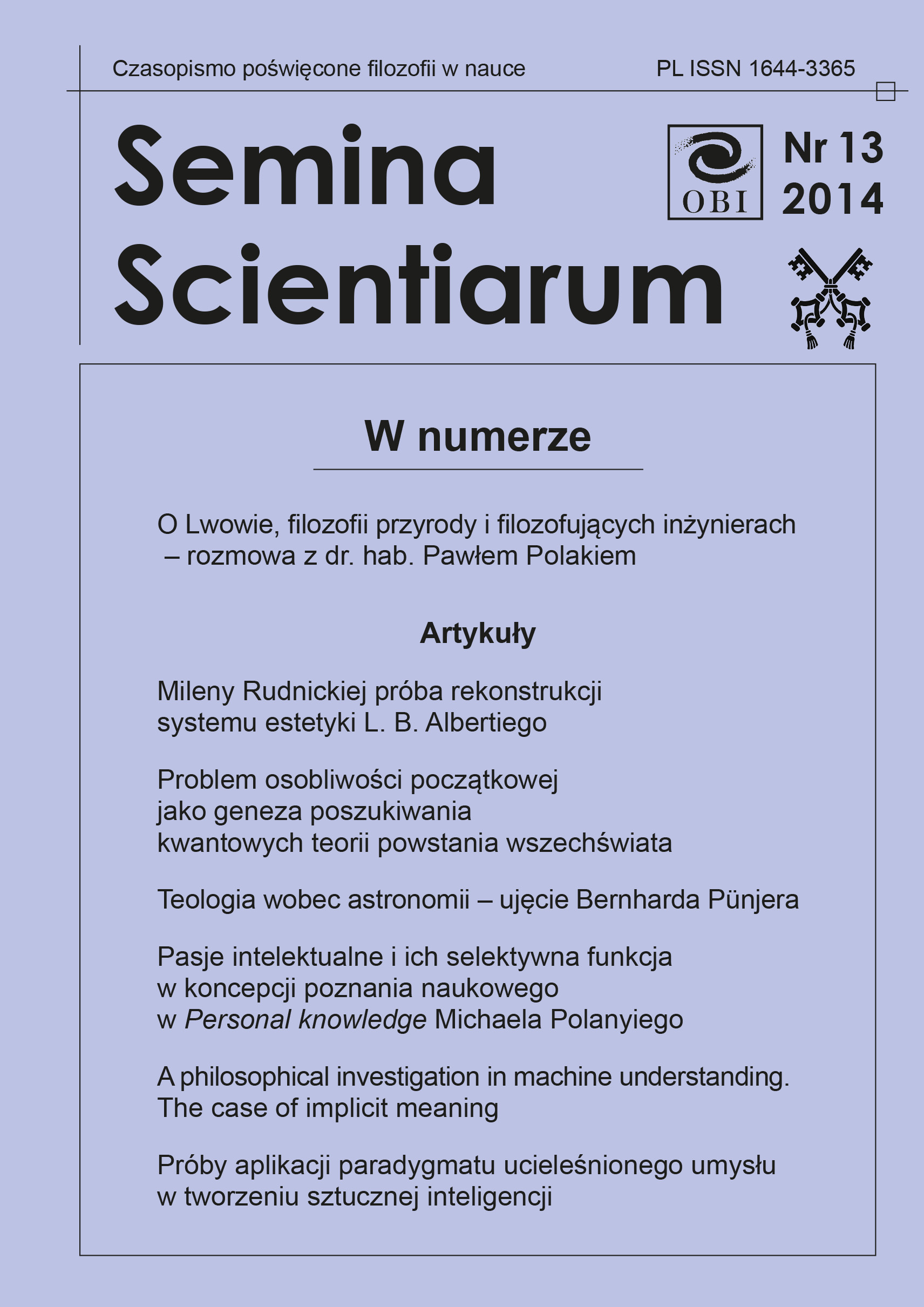Jerrold Levinson’s Ontology of Musical Works and the Question of the Individual Essence of the Musical Work
DOI:
https://doi.org/10.15633/ss.702Keywords:
philosophy of music, ontology of musical works, metaphysical essentialism, individual essence, modal propertiesAbstract
In this paper, I set to analyze the kind of metaphysical essentialism that follows from Jerrold Levinson’s ontology of musical works. This paper is structured into three sections. In the first, I reconstruct those parts of Levinson’s ontology of musical works that entail essentialism. In the second section, I reconstruct Mackie’s (2009) and Forbes’ (1985) arguments for the indispensability of the individual essences of particular objects and show that they apply equally well to musical works. In the third, final section, I combine the conclusions of the two previous ones to prove that Levinson’s ontology of musical works is compatible with Mackie and Forbes’ postulate for the individal essences. I show, however, that even though Levinson correctly ascribes essential properties to musical works, his choice about which of those properties count as essential leads to counterintuitive consequences. I end this paper with a new argument showing that musical works do have essential properties but that they are different from those postulated by Levinson.
References
Carrier D., Art without Its Artists, „British Journal of Aesthetics” 1982, nr 22, s. 233.
Forbes G., The Metaphysics of Modality, Oxford 1985.
Levinson J., Music, Art, and Metaphysics: Essays in Philosophical Aesthetics, Ithaca 1990.
Levinson J., What a Musical Work Is, „Journal of Philosophy” t. 77, nr 1, s. 5–28.
Stevenson C. L., On „What is a Poem?”, „Philosophical Review” 1957, t. 66, nr 3, s. 329–362.
Mackie P., How Things Might Have Been, Oxford 2009.
Margolis J., The Language of Art & Art Criticism, Wayne 1965.
Plantinga A., The Nature of Necessity, Clarendon 1974, rozdz. 5, sek. 2.
Wollheim R., Art and its Objects, Cambridge 1968.
Downloads
Published
Issue
Section
License
Twórca oświadcza, że przysługują mu prawa autorskie do utworu i że nie są ograniczone w zakresie objętym niniejszym oświadczeniem oraz że utwór jest dziełem oryginalnym i nie narusza praw autorskich innych osób.
Twórca zezwala Uniwersytetowi Papieskiemu Jana Pawła II w Krakowie na nieodpłatne, niewyłączne i nieograniczone w czasie korzystanie z utworu, to jest:
- utrwalanie i zwielokrotnianie: wytwarzanie egzemplarzy utworu techniką drukarską, reprograficzną, zapisu magnetycznego oraz techniką cyfrową;
- obrotu oryginałem albo egzemplarzami, na których utwór utrwalono (wprowadzanie do obrotu, użyczenie lub najem oryginału albo egzemplarzy, publiczne wystawienie, wyświetlenie, a także publiczne udostępnianie utworu w taki sposób, aby każdy mógł mieć do niego dostęp w miejscu i w czasie przez siebie wybranym);
- włączenie utworu w skład utworu zbiorowego;
- udzielanie przez Uniwersytet Papieski Jana Pawła II w Krakowie sublicencji Creative Commons Uznanie autorstwa-Użycie niekomercyjne-Bez utworów zależnych 3.0 Polska
Uniwersytet Papieski Jana Pawła II w Krakowie udostępnia utwór na Platformie Czasopism należącej do uczelni, na licencji Creative Commons Uznanie autorstwa-Użycie niekomercyjne-Bez utworów zależnych 3.0 Polska. Tym samym uprawnia wszystkich zainteresowanych do korzystania z utworu pod następującymi warunkami:
- zostanie podany autor i tytuł utworu,
- zostanie podane miejsce publikacji (tytuł czasopisma i adres internetowy do oryginalnie opublikowanego utworu),
- utwór będzie dystrybuowany w sposób niekomercyjny,
- nie będą tworzone utwory zależne.

